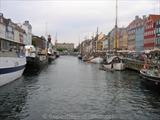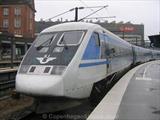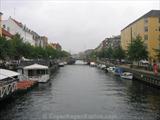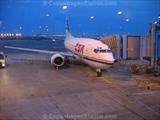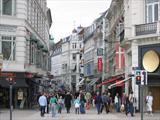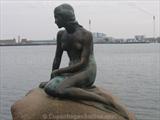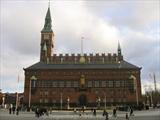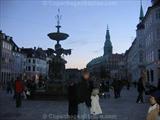Currency in Denmark: Danish Krone
Danish currency name and symbols
The official currency of Denmark is the Danish Krone. Krone means crown in Danish and you will also frequently hear the English version of the currency’s name, Danish Crown. The plural form is kroner.
The international 3-letter symbol of the Danish Krone is DKK, while in Danish shops you will often see the abbreviation kr. You may also encounter abbreviations like Dkr. or DKR.
Danish Krone banknotes and coins
The banknotes in circulation in Denmark include DKK 1,000 – DKK 500 – DKK 200 – DKK 100 – DKK 50. The coins in circulation in Denmark include DKK 20 – DKK 10 – DKK 5 – DKK 2 – DKK 1 – and 50 øre. An øre is 1/100 of a krone and its plural form is also øre.
There used to be also lower denominations, but those were withdrawn over time due to little purchasing power. The last of them, the 25 øre coin, was withdrawn on 1 October 2008 (it is still possible to exchange these coins at the Danish National Bank until 1 October 2011).
Euro adoption in Denmark
Denmark has been a member of the European Union since 1973, but it negotiated an opt-out from the Maastricht Treaty which bounded most other EU members to adopt the Euro. As a result, Denmark still keeps the krone. A referendum was held in 2000, but Danish citizens rejected the Euro.
Nevertheless, the exchange rate of the Danish Krone is pegged to the Euro in the ERM II (European Union’s exchange rate mechanism). In the past the Danish currency was linked to the German mark, which reflected Denmark’s strong economic ties to Germany and aimed at keeping the krone stable.
Bridges on Danish Krone banknotes
A new series of banknotes is being introduced during the years 2009-2012. The new banknotes will feature some of Denmark’s well known bridges of various ages and styles:
- 50 kroner banknote: Sallingsund Bridge (Sallingsundbroen) connecting the island of Mors with the Salling peninsula on Jylland (Jutland)
- 100 kroner banknote: Old Little Belt Bridge (Gamle Lillebæltsbro)
- 200 kroner banknote: Knippelsbro – the bascule bridge connecting Christianshavn with Copenhagen’s city centre
- 500 kroner banknote: Queen Alexandrine Bridge (Dronning Alexandrines Bro)
- 1,000 kroner banknote: Great Belt Bridge (Storebæltsbroen)
Currency in Greenland and in the Faroe Islands
Greenland, as well as the Faroe Islands, are officially parts of the Danish Kingdom and use the same currency. In the Faroe Islands there are local versions of DKK banknotes which depict some examples of local nature. Local versions of banknotes for Greenland are also planned and should be introduced to circulation in the next years.
Topics: Money & Banking, Danish Krone, Great Belt Bridge, Knippelsbro

